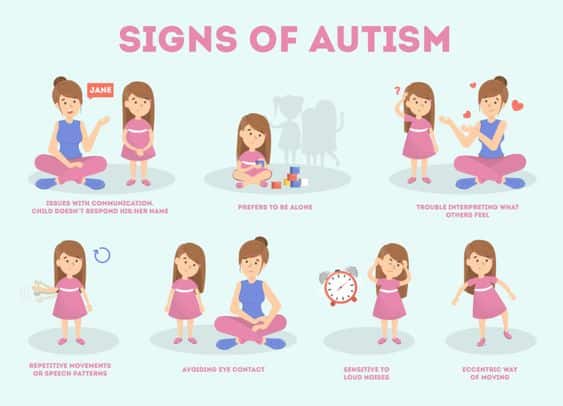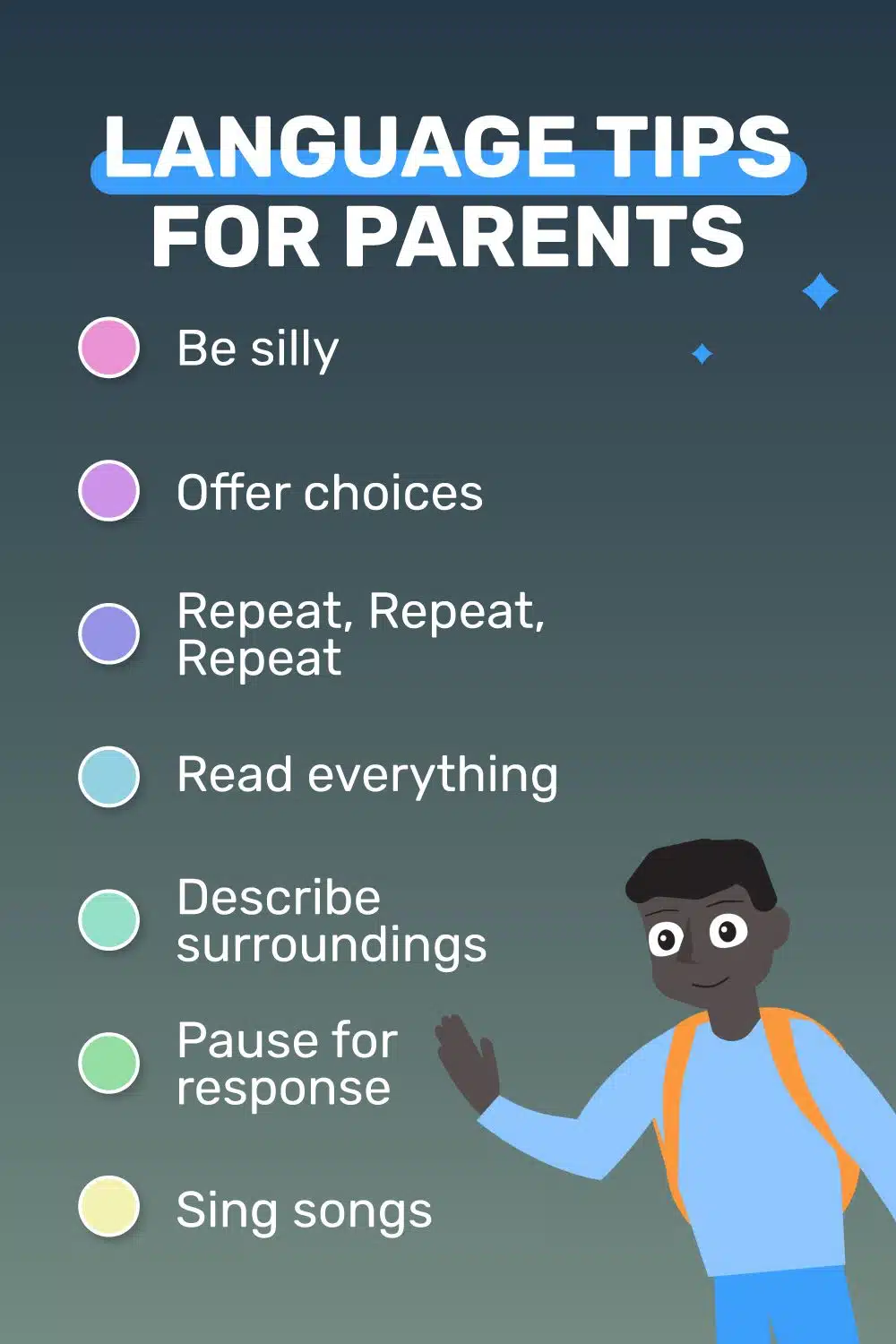Embark on an exploration of infodumping, a technique that elevates storytelling by seamlessly incorporating essential information. Here’s the breakdown:
- Condensed Details: Deliver crucial information concisely and effectively.
- Varied Mediums: Employ diverse methods such as dialogue or narration to convey information.
- Engagement Fusion: Integrate information seamlessly to sustain reader engagement.
- Brief and Relevant: Ensure infodumps are succinct and pertinent to prevent overwhelming readers.
- Diverse Examples: Explore infodumping through avenues like historical context, character backstories, and world-building.
- Strategic Placement: Integrate infodumps strategically to maintain the narrative’s natural flow.
- Visual Enhancements: Enhance understanding with complementary visual elements like maps or diagrams.
Mastering infodumping enhances storytelling by strategically presenting essential details without disrupting the narrative’s coherence.
This post was originally published on Feb. 10, 2023. It was updated on Nov. 17, 2023.













